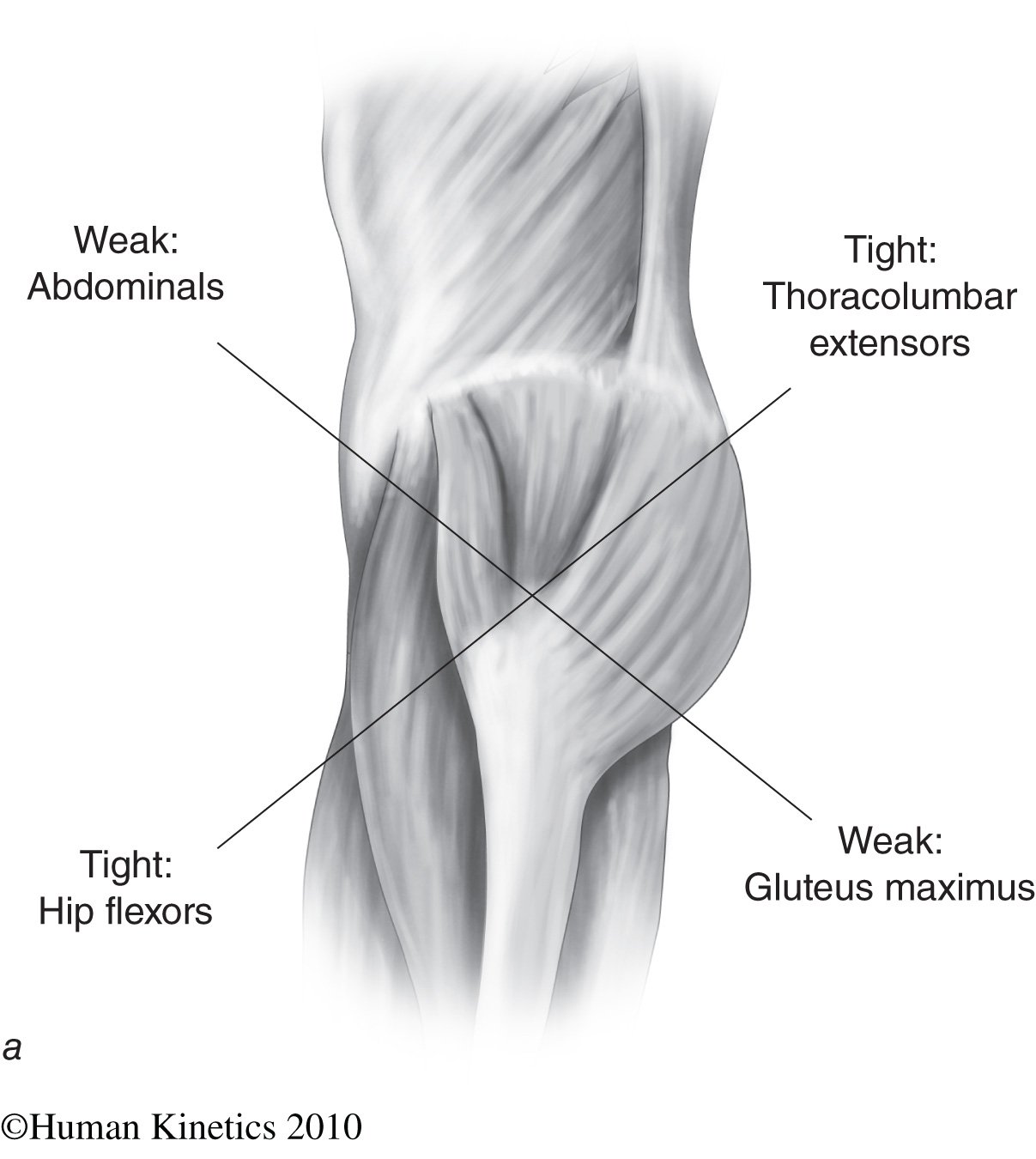Lower Cross Syndrome…A Primary Cause of Chronic Low Back Pain
Everyone’s talking about needing to get in shape. Your body was designed to move, and movement defines your muscles, giving you a well-defined physique. Movement also helps to keep your body in proper alignment, and it supports good posture.
In fact, Dr. James Levine, Director of the Mayo Clinic-Arizona State University Obesity Solutions Initiative claims that people lose two hours of their life for every hour they sit. Levine, who invented the treadmill desk says, “Sitting is more dangerous than smoking, kills more people than HIV, and is more treacherous than parachuting. We are sitting ourselves to death.”
Sitting for extended hours and a sedentary lifestyle can lead to a problem called Lower Cross Syndrome (LCS).
We’ll dig deeper into what LCS is, what things cause or contribute to it, and its effects. In Lower Cross Syndrome Part II, we’ll talk about how to diagnose and treat LCS.
What Is Lower Cross Syndrome?
LCS is a common problem in people that don’t move a lot. When you sit for long periods of time, your muscles move in unnatural ways, creating an uneven pull of your muscles. For example, your muscles stretch and strengthen after too much sitting, creating an imbalance in your body that has a chain reaction effect on your body’s other systems. Some muscles will become overactive and tight while others will become under-active and weak.
The muscles that become overactive and shortened after periods of prolonged sitting or inactivity include your hip flexors lower lumbar paraspinal muscles. The affected muscles that become under-active due to excessive sitting are the gluteus maximus, and lower abdominals. Additionally, the hamstrings become very tight.
LCS is characterized by an increased curve in the lumbar spine and forward tilt of the pelvis. It’s a condition that causes excess stress and strain on the upper and lower body and frequently leads to low back pain, increased thoracic kyphosis and anterior head translation.
The “cross” part of the name refers to the way that the overactive muscles cross over the under-active muscles.
 The Cause of Lower Cross Syndrome
The Cause of Lower Cross Syndrome
Every day, you get up and walk around without thinking about it much unless you’re in pain. Your body has a lot going on with every step. Among other things, your pelvis moves back and forth, rotating and tilting as you move one foot in front of the other. The movement works naturally to strengthen your back and hips and strengthen your body overall.
Unfortunately, people are sitting more and exercising less. It’s a common thing in our society to be hunched over a computer, game station, or cell phone for long periods. These are the types of activities that can lead to LCS.
What Are the Effects of Lower Cross Syndrome?
The change in posture caused by LCS can lead to back pain. It can also cause stress and strain to your hamstrings and knees. The imbalance that your body creates by too much sitting will eventually cause pain in your joints, inhibit your movements, and decrease your range of motion. Your muscles get weaker and short muscles become even shorter and tighter.
Fortunately, treatments are available for LCS, and your Fort Collins chiropractor will explain those in Part II.
